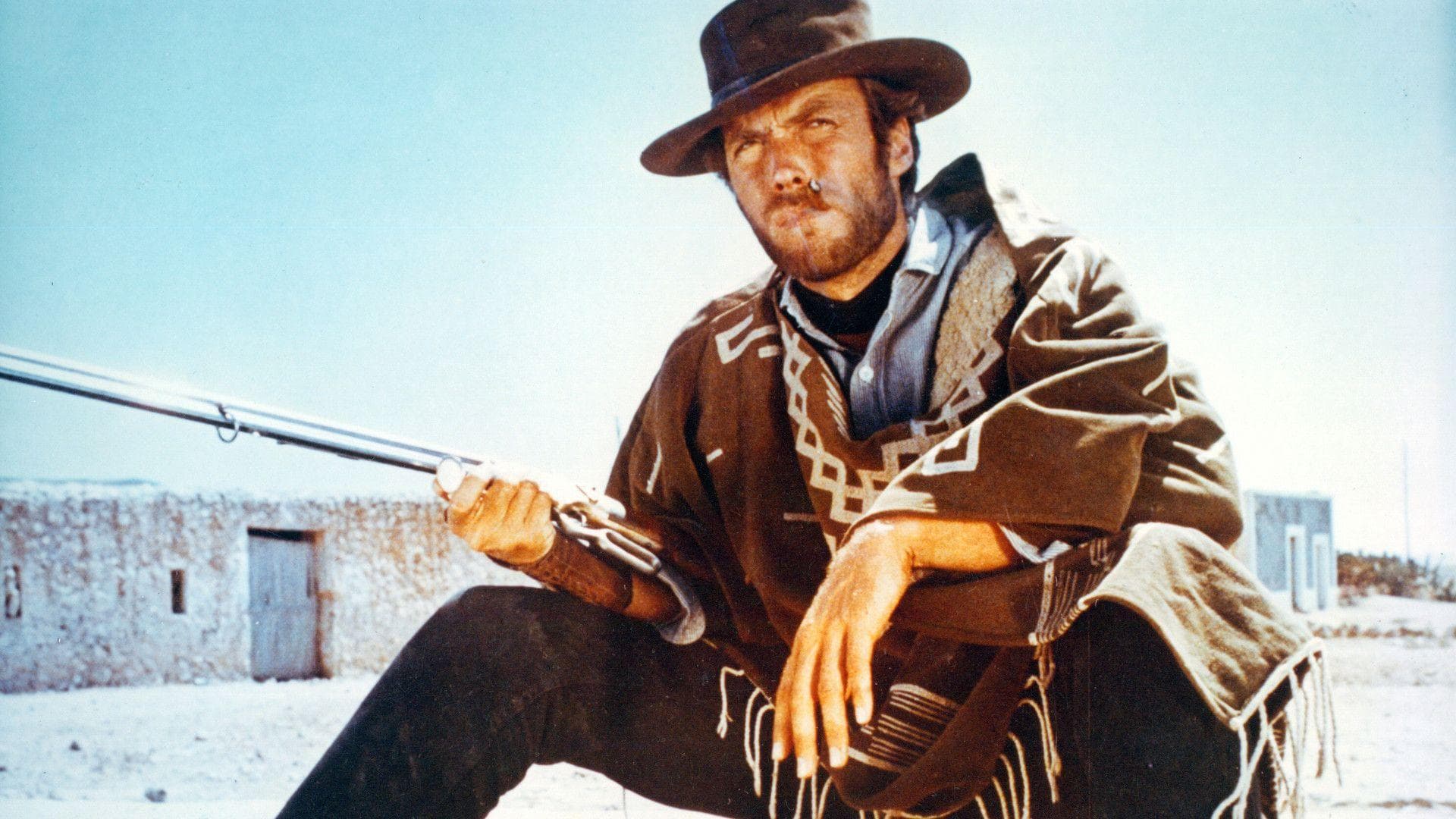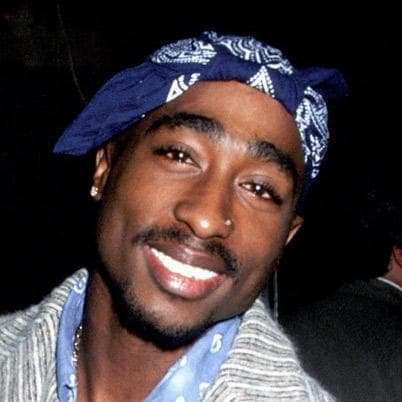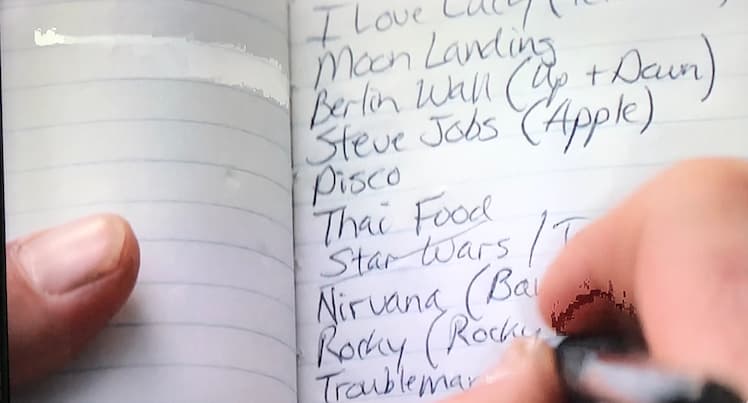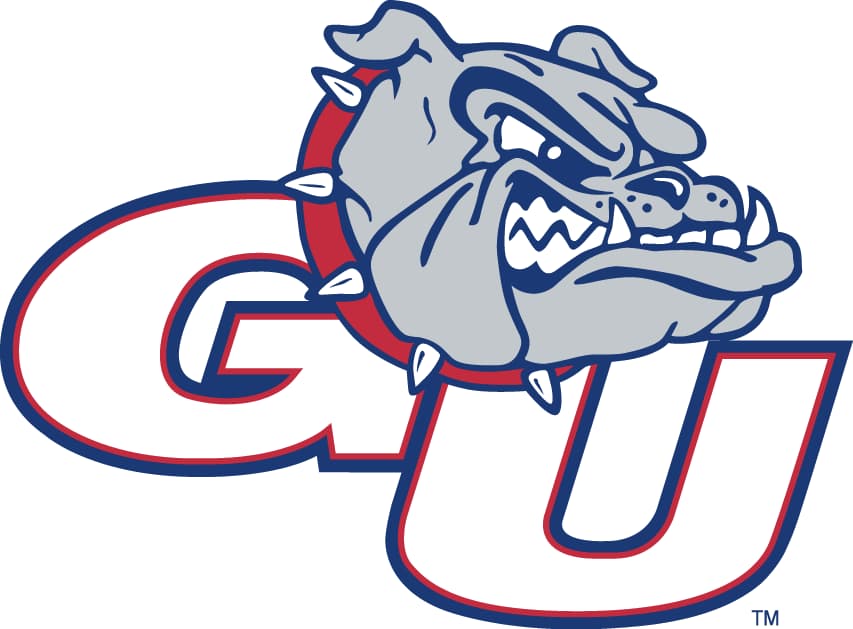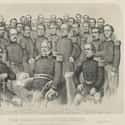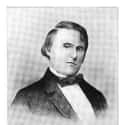-
(#1) West Point’s First Goat
Pratt, John Taylor, Class of 1818, Did Not Fight in the Civil War. Pratt was denied his commission because of partisan politics, so he returned to Kentucky and became a merchant and state senator. When the Civil War broke out, he volunteered to do his part since he was still vigorous in his old age. His offer was politely declined by the Confederate forces.
-
(#2) Albert Gallatin Edwards
- Dec. at 80 (1812-1892)
Edwards, Albert Gallatin, Class of 1832, Union. After graduation from West Point, Edwards was stationed near St. Louis, Missouri, with the Mounted Rangers and Dragoons. He retired shortly after his marriage to Louise Cabanne and became a merchant and bank commissioner. He was appointed Brig. Gen. of the Missouri Volunteers. Although he didn't see any action, President Lincoln appointed him as Assistant Secretary of the U. S. Treasury. In 1887, at the age of 75, he founded the brokerage firm A.G. Edwards & Son Stock and Bond Traders.
-
(#3) Hugh McLeod
- Dec. at 36 (1843-1879)
McLeod, Hugh, Class of 1835, Confederate. McLeod resigned his commission within a year after graduating to fight for Texas independence. He served on the frontier battling Native Americans. As a Brig. Gen., he commanded the 1841 Santa Fe expedition, but he was taken captive by the Mexicans, who released him in 1842. He served Texas as Inspector General and as a member of the Texas House of Representatives. When the Civil War broke out, he was appointed a Col. Of the First Texas infantry regiment. However, he died of pneumonia in Virginia while en route to Gen. Robert E. Lee.
-
(#4) The Goat Who Exemplified The True Meaning Of The Term
Crittenden, William Logan, Class of 1845, American. While Crittenden died before the Civil War, his spirit and bravery make him the epitome of the Goat. After graduation, he fought with merit in the Mexican-American War. In 1851, he resigned his commission to take part in the liberation of Cuba from Spain. He joined the Narciso Lopéz expedition. He and his men were cut off from the main forces, and he made the decision to return to Florida. They commandeered four small fishing boats, but they were captured by the Spanish warship Habanero and returned to Havana where they were brought up on charges of piracy and condemned to death by firing squad. The condemned were led out to the execution site in groups of 10. The firing squad commander demanded that Crittenden order his men to turn their backs to the firing squad and to kneel. Crittenden responded plainly, “[a] Kentuckian turns his back on no man and kneels only to God.” The execution was carried out on August 16, 1851.
-
(#5) George Pickett
- Dec. at 50 (1825-1875)
Pickett, George Edward, Class of 1846, Confederate. Ironically, Pickett would become one of the most famous Virginians in history, but he was appointed to West Point from Illinois. Pickett was a popular cadet. According to Brig. Gen. William M. Gardner, he was "a man of ability, but belonging to a cadet set that appeared to have no ambition for class standing and wanted to do only enough study to secure their graduation." Pickett amply displayed bravery in the face of the enemy during the Mexican War and while fighting Indians in the Pacific-Northwest. During the Civil War, he led men at the Second Battle of Petersburg (VA), Gettysburg, and Appomattox. He led his men in the disastrous assault on Union positions on the last day of the Battle of Gettysburg, which is known as Pickett’s Charge. Fearing a court martial after the War Between the States, he and his family fled to Canada where they remained until 1866. In 1866, they returned, and Pickett took up the careers of insurance agent and farmer in Norfolk, Virginia. It was said that he was haunted by the loss of his men until his death in 1875.
His widow, LaSalle, liked to embellish her husband’s exploits. She convincingly told the tale that young Pickett unknowingly met Congressman Abe Lincoln and confessed his desire to be a soldier. Soon afterward, he received his appointment to West Point. The tale quickly unravels because Pickett had already graduated when Congressman Lincoln was in office.
-
(#6) Henry Heth
- Dec. at 74 (1825-1899)
Heth (pronounced Heath), Henry “Harry,” Class of 1847, Confederate. A cousin of George Pickett, Heth chalked up his first two demerits on his first day at West Point for “[laughing] in ranks in morning parade.” He maintained that he didn't care about his class ranking. For Heth, his time at West Point was one of merriment. In the summer of 1844, he was mercilessly harassing a plebe (first year cadet) on sentinel duty until the plebe hurled his rifle at him. The bayonet pierced Heth’s thigh and narrowly missed his femoral artery. Heth fought at the Battle of Chancellorsville, Battle of Gettysburg, and Siege of Petersburg. He commanded a division at Gettysburg and is blamed for starting the battle because he sent approximately 7,500 men into the town before the rest of the army was ready. After the American Civil War, he fought against the Plains Indian War, the most notable of which was the Battle of Ash Hollow against the Lakota. Heth also wrote the first U.S. Army Marksmanship Manual.
-
(#7) A Goat Who Didn't Make It Home
McIntosh, James McQueen, Class of 1849, Confederate. McIntosh could trace his lineage back to England’s Jacobite uprising in 1715, and most of his clan emigrated to America in 1739. His father died at Molino del Rey during the Mexican-American War; however, McIntosh was the first in his family to receive a military education. He believed, though, that, once he was tested on a subject, he no longer had need of the knowledge and performed a “spec and dump,” a term still used at West Point. McIntosh started his military career as a Federalist but quickly changed his mind while stationed at Ft. Smith, AR. He resigned his commission, and, while en route to Atlanta, GA, he met Salon Borland, father of Harold Borland, who had raised a calvary brigade and was marching on Ft. Smith. McIntosh volunteered to take a leading role in organizing a Confederacy frontier force. He was commissioned as a Major in the Confederate Army and rose to the rank of Colonel of the Second Arkansas Mounted Rifles. He served with distinction, but he missed all the grand battles of the Civil War. He died at the Battle of Pea Ridge (AR) on March 7, 1862.
-
(#8) This West Point Goat Vowed To Never Surrender
Baker, Laurence Simmons, Class of 1851, Confederate. Upon graduation, Baker was assigned to the Mounted Rifles and served on the frontier in Kansas, Dakota Territory, Texas, and New Mexico. He joined the Confederate Army in 1861 and, within a year, commanded the First North Carolina. Baker and Custer were both at the scrimmage near Rummel Farm during the First Battle of Gettysburg. Both forces fought each other in savage saber to saber fighting, but Custer and Baker did not fight each other personally. Both managed to survive the fight unscathed – though Custer lost 219 men from his brigade. On July 31, 1863, Baker lost his right arm, leaving him permanently disabled. He was sent to North Carolina where he was given command to organize the defense of the state.
On April 12, 1865, Baker received orders to reinforce Gen. Joseph E. Johnston near Raleigh, NC. On April 13, 1865, Baker was leading his small group of men when he heard that Lee had surrendered on April 9, 1865, and the Army of North Virginia received parole. Baker and his men didn't believe that the war was over and decided to continue onwards. Baker’s honor would not allow him to surrender. They evaded capture until April 18, 1865 when they discovered that Johnston had surrendered. Naler issued General Order No. 25 disbanding his troops. Baker rode home, head unbowed and honor intact.
-
(#9) So, How Many Pieces Does a 12-pound Artillery Shell Break Into?
Borland, Harold, Class of 1860, Confederate. Borland and George W. Vanderbilt of New York ran a neck-and-neck race to the bottom. During an exam, Borland was asked how many pieces would a 12-pound shell burst into. After pondering over the answer for some time, he responded with “more than two.” When Borland accepted his diploma and walked back to his seat, his fellow graduates broke out in a loud cheer. He was assigned to the Mounted Rifles, but he resigned to join the Confederate Army as an infantryman. He became the assistant adjutant on Gen. Slaughter’s staff. It was under these circumstances that he was captured aboard the Alice Vivian, which was trying to run the Mobile-Havana blockade. He spent a little over a year in a prison in Boston Harbor – until he was exchanged for Major Forbes of Boston on October 1, 1864. After the war, he became a federal tax collector.
-
(#10) George Armstrong Custer
- Dec. at 37 (1839-1876)
Custer, George Armstrong, Class of 1861, Union. Custer graduated from Alfred Stebbin’s Young Men’s Academy at the age of 16. He returned home to become a teacher in a one-room schoolhouse, but Custer wasn't happy with his circumstances. He wanted to become a famous soldier or an educator at a prestigious Eastern college. So, Custer saw West Point as a means to achieve his life’s ambition. He reached West Point in June 1857 and graduated as the Goat in a class of 34 men. Some historians have postulated that Custer deliberately kept his rank low so he would be assigned to the Infantry or Calvary. He saw extensive action as a Union cavalry officer in the Civil War at the First Battle of Bull Run, Battle of Antietam, Battle of Chancellorsville, Battle of Gettysburg, Siege of Petersburg, and Appomattox. Custer reached the wartime rank of Major General. Throughout the Civil War, Custer narrowly escaped death and any severe wounds. Seven of his horses were not as lucky. After the war, he was made Lieutenant-Colonel of the Seventh Cavalry on America’s western frontier. During the Plains Indian War, he fought at the Battle of Washita River and most famously died at the Battle of Little Bighorn.
-
(#11) The True Spirt Of This Goat Shone Forth At Chancellorsville
Warner, Charles Nelson, Class of 1862, Union. Warner was sent home to Pennsylvania in 1861 when he failed an exam partly because of a prank pulled by Cadet George Custer. However, at the onset of the Civil War, he was offered the chance to try again. He struggled mightily in his studies but graduated with the Class of 1862 as the Goat, becoming a rare Goat who got a chance to serve with the artillery. Warner wanted to be in the Artillery Corps because it was easier work than infantry or calvary. He was commissioned as a Second Lieutenant with the Second Artillery Regiment. His first battlefield experience was at the Battle of Antietam. At Chancellorsville, he led a heroic stand which saved many a Union soldier’s life that day. He served with the Union for eight years and resigned to become a lawyer.
-
(#12) The Longest-Serving West Point Goat
Dempsey, Charles A., Class of 1865, Union. Dempsey hailed from Virginia but decided to side with the Union. The class of 1865 was chomping at the bit to be in the fight; however, Gen. Robert E. Lee surrendered a few weeks before graduation. Dempsey was commissioned into 17th Infantry and sent to Texas. Life was difficult on the frontier, and scrimmages with the Native Americans were few and far between. Accordingly, the pace of promotions significantly slowed. It took Dempsey 23 years to make Captain and an additional 10 years to make Major. In 1898, he participated in the San Juan (Cuba) Campaign and received a Silver Star. During the Spanish-American War, he was raised to the rank of Lieutenant Colonel. He retired from active service in 1901 after 36 years. In 1914, he was re-activated for WWI and retired (again) in 1918 at the rank of Brig. General. Dempsey died in Richmond on June 4, 1941 – on the eve of WWII – after serving for 46 years.
New Random Displays Display All By Ranking
About This Tool
There are many anecdotes about the West Point Military Academy, and many famous military leaders and politicians who came from the West Point Military Academy, and people believed that these legends were all top students trained by the West Point. But they are wrong, the West Point has a tradition, the student who ranked last is called "goat". In the most important battle in the Civil War, the Battle of Gettysburg, there were 3 West Point "goats".
This random tool tells the little-known facts of 12 great West Point "goats" in the American Civil War that you should know, who changed the history of the US.
Our data comes from Ranker, If you want to participate in the ranking of items displayed on this page, please click here.

